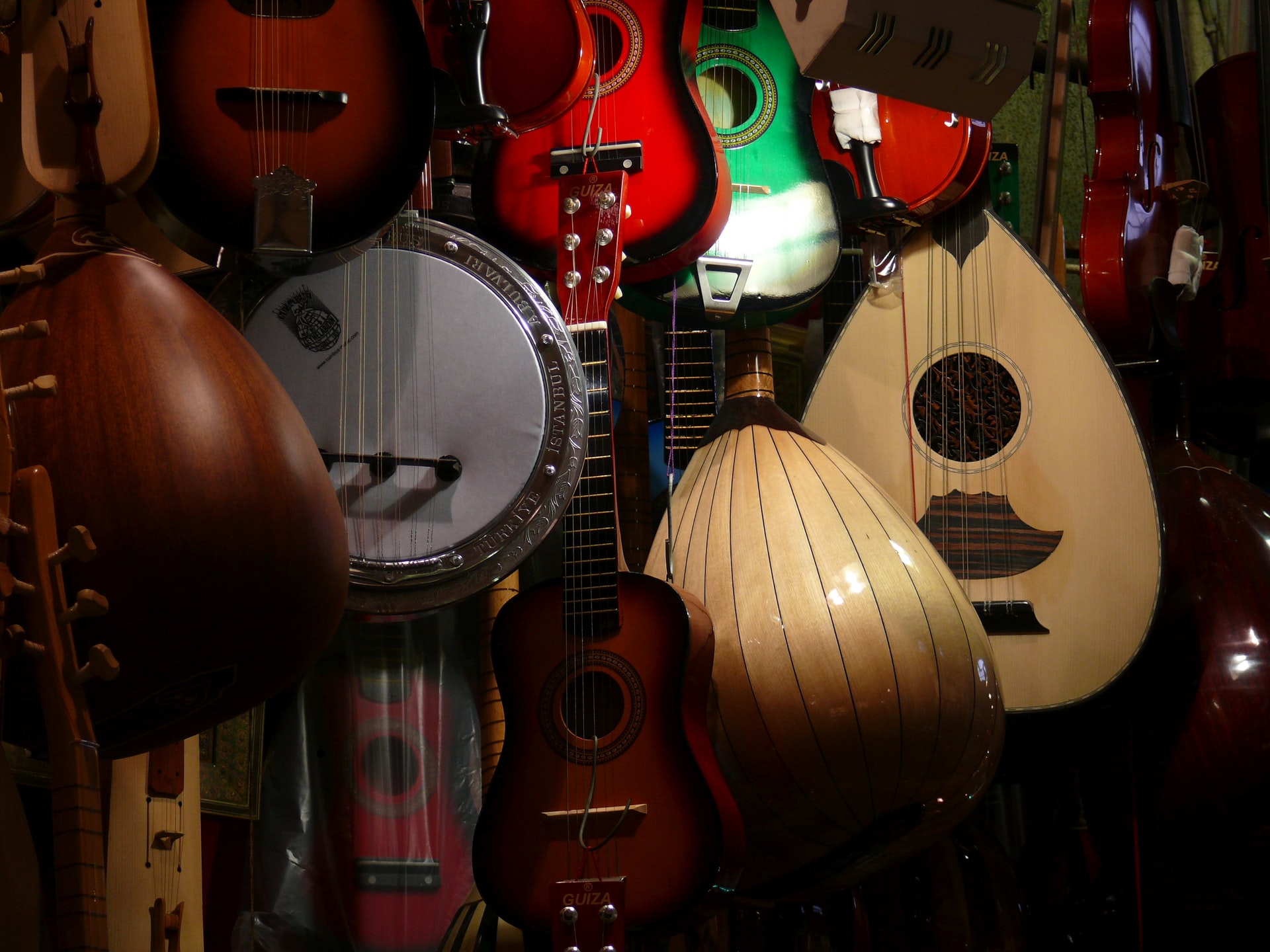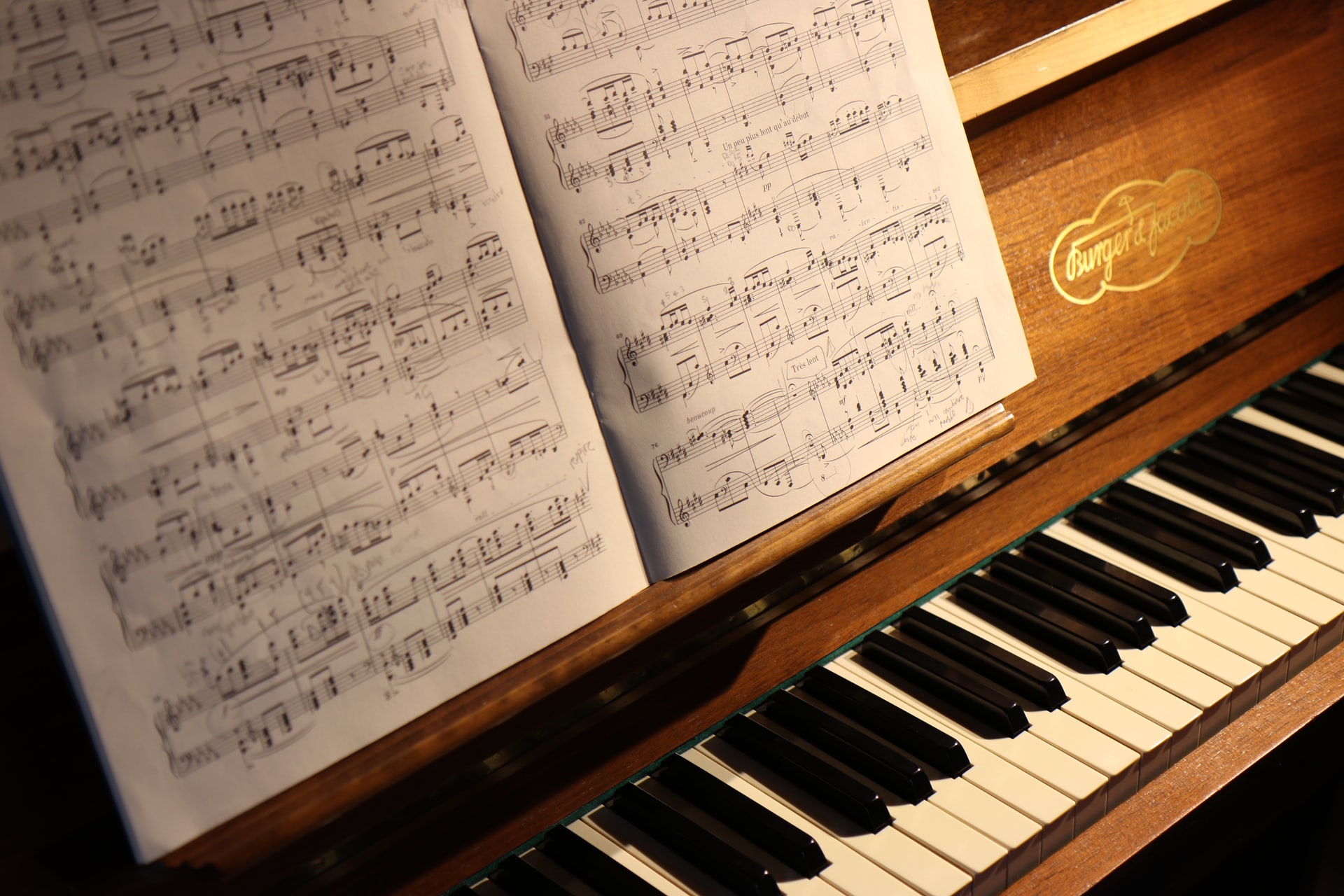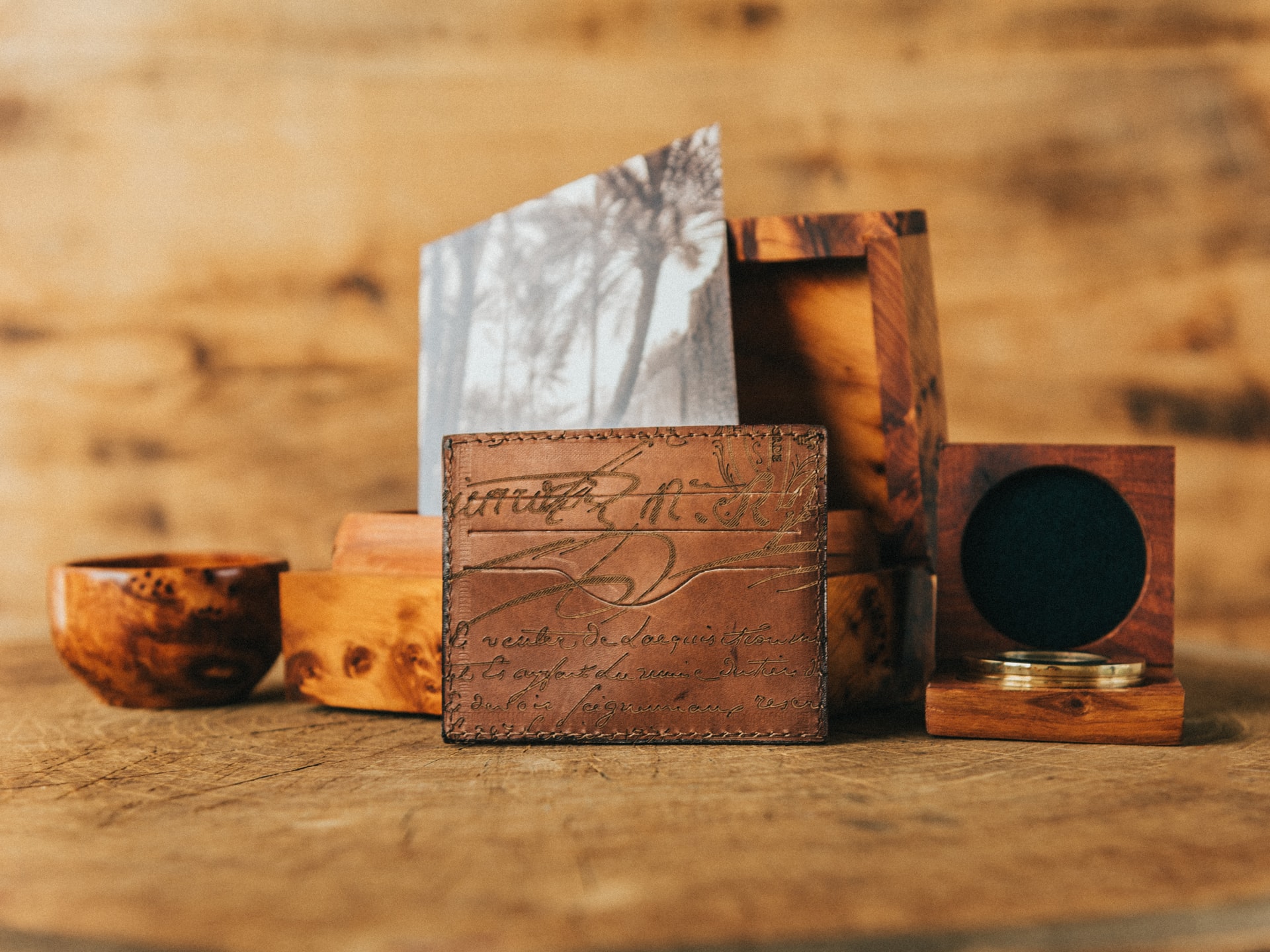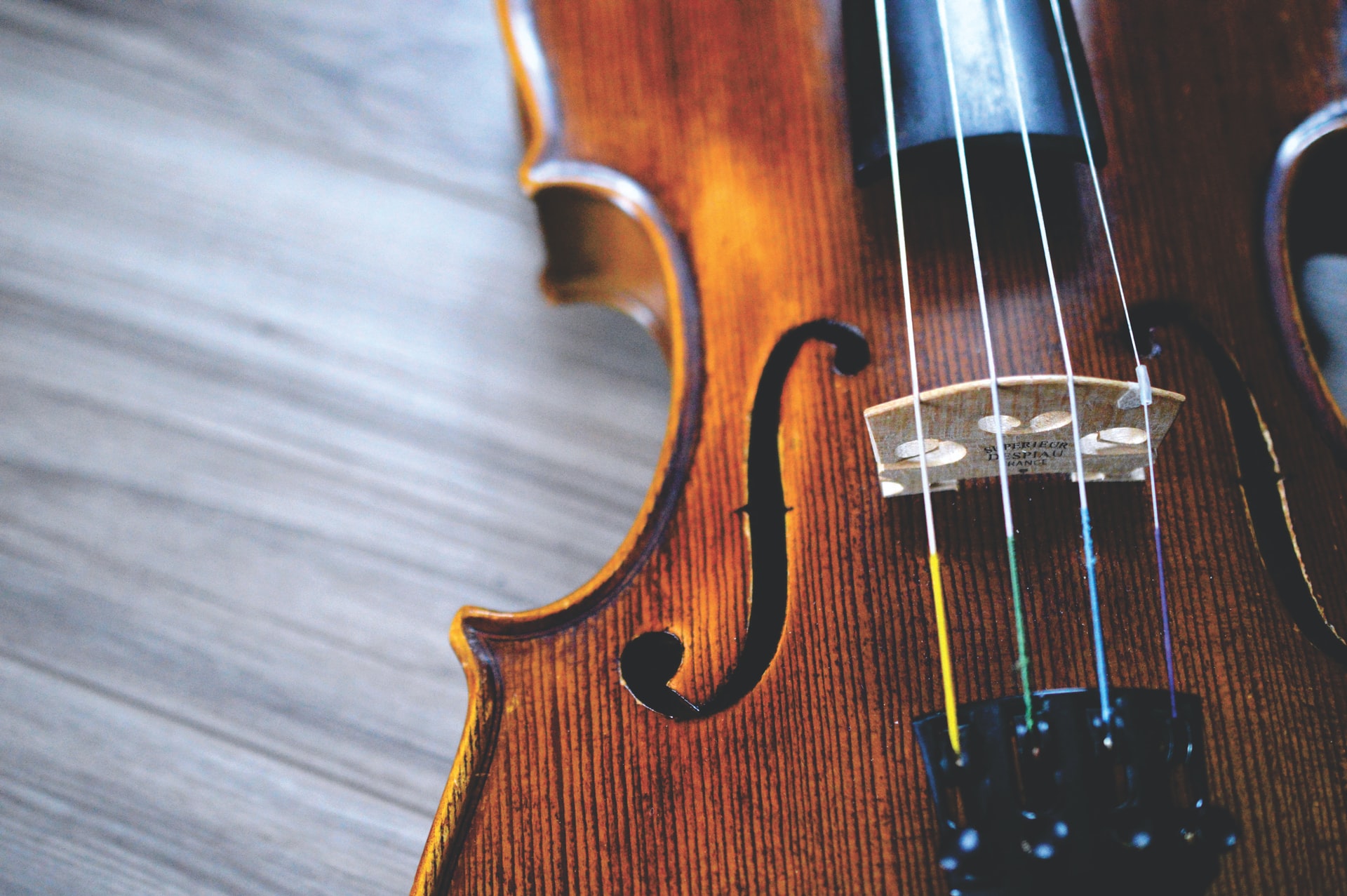Home styling
Wood can be a great material to use in your home. Whether you want your house to look rustic and cozy, sophisticated and sleek, traditional and classy, or bohemian and fun, you can achieve all of these looks and more using different types of wood. While the type of tree wood comes from determines its color and texture, what really makes a difference in terms of the design effects you can create with it is how the wood is used and finished. Dark, Fine, Polished Wood Dark woods give a real sense of tradition and quality, and have long been a design staple for luxury homes. Rich, dark woods like mahogany polished to a beautiful shine not only look and feel stunning, but offer the kind of robustness that means they can still look amazing when they are hundreds of years old with the right care and maintenance. Wood furniture made with this style of wood makes for a beautiful addition to period homes, and can also be ideal for rooms where you want a formal, traditional feel. Consider this style of wood for a formal dining room, dressed with a chandelier or candles, and a beautiful dark wood table and dining chairs. Alternatively, this is a wonderful style of wood for a desk in a study, where you might set a traditional green desk lamp, a leather writing panel, and a good collection of books. Many bestsellers of old were probably written on desks like this, and even if you are just going to work at your laptop on it, it may well give you that charming, studious feel that can be really inspiring.
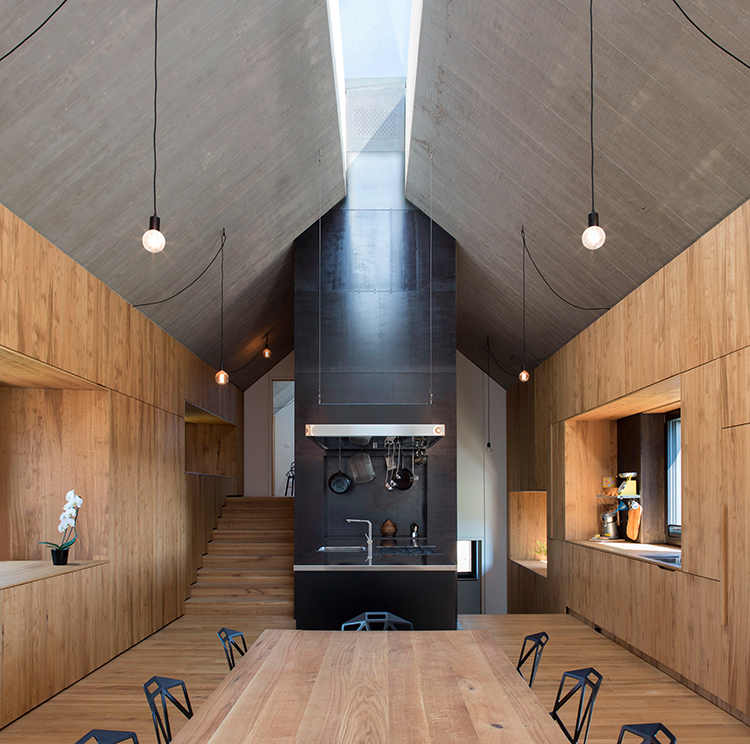
wood effect on instruments
Acoustic properties of wood have been thoroughly investigated in many researches. Resonance wood should meet specifc requirements imposed in manufacture of musical instruments such as high quality, defect-free wood with narrow growth rings, low density and potentially the highest modulus of elasticity (MOE) However, the vast majority of that knowledge is dedicated to acoustical instruments and their soundboards (mainly violins). The function and efect of wood on electric string instruments are poorly understood. Most controversies are connected with instruments' sound timbre. Some musicians and producers believe that the wood species used to build that group of instruments afects sound timbre, while others are of an opposite opinion. On the other hand, some wood species are more willingly and often used than others. This group of instruments is characterized by a great variety of wood species used in their production. Of course, the choice of wood depends on many others factors e.g. material durability, dimensional stability, mass and esthetical values. Moreover, many controversies might occur due to subjective judgments of sound timbre. What is more, sound quality of electric string instruments depends on strings, ampliers, speakers, special sound efects, concerts halls or recording rooms, etc. To evaluate subjective sound perception psychoacoustics parameters should be used such as e.g. sharpness, roughness and specic loudness [5]. In most cases when a sound signal is generated in the case of these instruments the only source is electromagnetic pickup. Then the generated signal depends only on metal string vibrations The aim of this study was to examine how wood species, its density and MOE afect sound timbre in that group of instruments.
